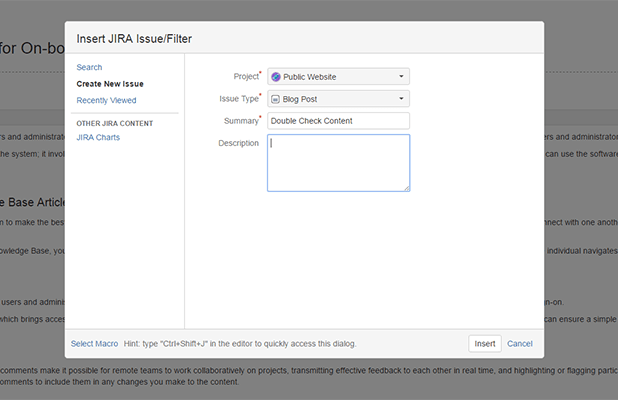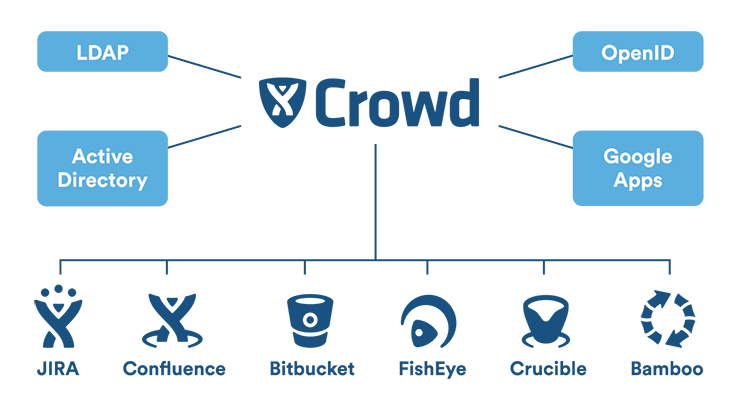
Confluence is able to handle multiple users and administrator accounts across a range of different spaces. However, to get the very best out of the software, you need to be able to onboard users and administrators quickly and efficiently.
This involves more than simply getting these users set up on the system; it involves supporting each user as they make their first steps with the software, and helping them to get up and running quickly so that they can use the software to its full potential.
Here are five best practices for doing just that;
#1. Link Confluence Questions to Knowledge Base Articles
When onboarding users and administrators to Confluence, aim to make the best use of the collaborative support tools offered. Installing the Questions for Confluence plug-in provides users with an efficient way to connect with one another and to share questions and knowledge, bringing a wealth of user resources together in one place.
By linking these questions to articles contained within your Knowledge Base, you are providing a second dimension of support to users, creating a comprehensive bank of knowledge that can be referenced as the individual navigates the software.
#2. Set Up Single Sign-On
Confluence is designed to facilitate easy yet secure access to users and administrators. To ensure ease-of-access and provide a reliable experience to those using Confluence, it is a good idea to set up a single sign-on.
Atlassian Confluence is compatible with Crowd, a sign-in tool which brings access permissions for a variety of different apps and pieces of software together in one place. By integrating Confluence with Crowd, you can ensure a simple yet secure log-in procedure for new users.
#3. Make the Most of Inline Comments
The beauty of Confluence lies in its communal aspects. Inline comments make it possible for remote teams to work collaboratively on projects, transmitting effective feedback to each other in real time, and highlighting or flagging particular parts of the project which need attention. Note though when you are in Edit mode you cannot see the inline comments to include them in any changes you make to the content.

#4. Display and create JIRA issues within Confluence
If your Confluence and JIRA sites are connected using Application Links, you can display and create JIRA issues and more from within Confluence. This gets work flowing to the right teams in a timely manner; as you are creating content. You can then create reports and charts within Confluence from data in JIRA to see how issues are being resolved.

#5. Schedule Expert Training
A half day or whole day of Confluence training with an Expert partner will be a definite advantage for a new user. Learning to navigate new systems is the key to how quickly a user will embrace the system. Self-guided tutorials have their place once a user is already doing the basics, but in the beginning, they do not have the same impact.


